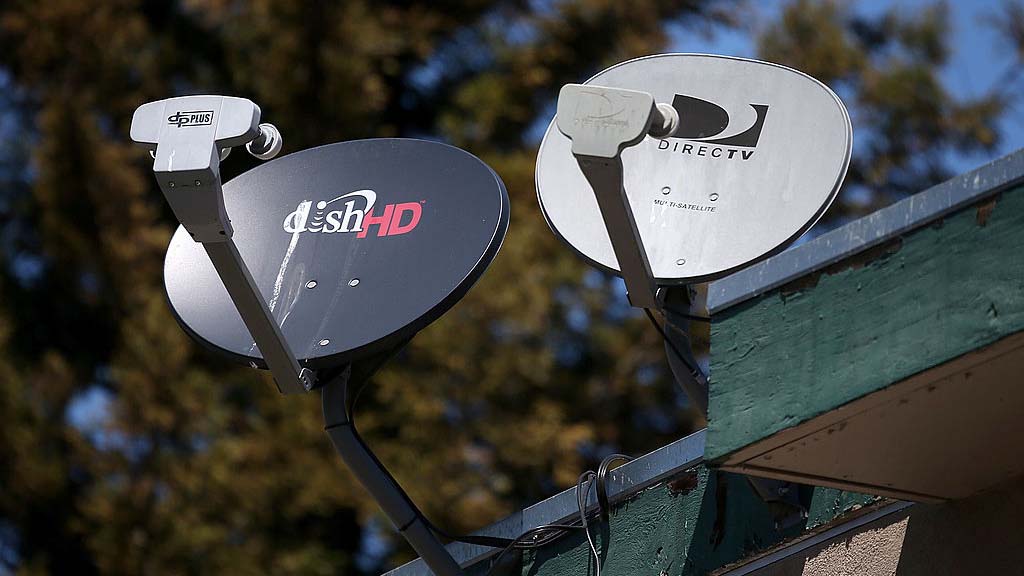Get Ready for an Even Slower Broadband Slowdown
Comcast and Altice USA lower expectations for Q4 high-speed data customer growth
![[[File:Giant Tortoise In Galapagos Islands.jpg|Giant_Tortoise_In_Galapagos_Islands]]](https://cdn.mos.cms.futurecdn.net/WEY8ZkvLBNrAiqQBCqA4n7.jpg)
The slowdown in cable broadband subscriber additions may be even slower than anticipated after executives at two of the top three publicly traded cable companies -- Comcast and Altice USA -- hinted that customer growth is trending at an even more decelerated pace than expected.
Comcast Cable CEO Dave Watson touched off a mini firestorm on Dec. 7, telling the virtual audience at the UBS Global TMT Virtual Conference that he expected to end 2021 with 1.3 million additional broadband subscribers. That is lower than the 1.4 million Comcast added in 2019 and implies that Comcast would add about 185,000 high-speed data customers in Q4, its lowest growth since Q2 2017.
Most analysts had expected Comcast to end 2021 with about 1.4 million additional broadband customers. In a recent research report, MoffettNathanson principal and senior analyst Craig Moffett predicted Comcast would add about 286,000 broadband customers in Q4. Moffett expects Charter to add 271,000 broadband customers and Altice to add 3,000 high-speed internet subscribers in the period.
While Charter may well hit Moffett's target, chances are that Altice USA, coming off a third quarter where it lost 13,000 broadband customers, could see negative growth in Q4.
“We probably are trending -- and we still have a big month of December coming up -- slightly negative in Q4, which probably leads us to be down in a range of 5,000 to 10,000 for the year,” Goei said at the UBS conference.
He added that the declines are in markets where Altice USA competes with Verizon Communications’ Fios Internet product, which Goei described as heavily promotional.
“These losses are in Fios zones,” Goei said. “I think Fios has been saying they have not lost momentum. We’ve slowed momentum relative to Fios and we really need to drive to the first quarter when we have a better mobile product.”
The news sent Comcast shares down 7% on Dec. 7, as well as the rest of the sector. At the end of the day, losses eased a bit -- Comcast stock closed down 5%, Charter down 3% and Altice USA fell 2%. But the fear that sluggish broadband growth could last a while longer didn’t seem quite as irrational as the day before. Between Dec. 6 and Dec. 8 the three stocks fell 6.5%, 4.6% and 6.4%.
Charter Communications chairman and CEO Tom Rutledge spoke at the UBS conference on Dec. 8, and avoided making any specific broadband predictions. Rutledge did say that as the spike in pandemic-fueled consumer acceptance of the broadband product begins to unwind, there is still plenty of runway left.
“I do think that the opportunity to grow the business is pretty much unchanged,” Rutledge said at the UBS conference. “If you look at it on a four- or five-year growth rate trend, it’s pretty solid, pretty straightforward and pretty consistent. I think that that future will look more like the trend than it will look like the third or fourth quarter.”
Cable operators have consistently denied that stepped up telco 5G wireless and fiber broadband initiatives would cut into their businesses, and at the UBS conference tried to stress that in addition to strong opportunities ahead for broadband, their other services are even more robust. Watson said at the conference that wireless subscriber additions should break records in Q4, and added that cable EBITDA growth should be between 7% and 8% in the period, exceeding analysts expectations.
Watson said Comcast would add a record number of mobile customers in Q4, after signing on 285,000 additional Xfinity Mobile customers in Q3, its best quarterly performance since launching the wireless product in 2017. At the UBS conference, Watson said Comcast expects cable EBITDA growth to be in the 7% to 8% range in Q4, while net cash flow growth will be in the low double-digit percentages.
“In wireless, we’ll beat Q3 in Q4,” Watson said. “We’ll set a record.”
Rutledge didn’t make any wireless subscriber predictions, but said mobile service will be Charter’s biggest growth engine going forward, likening the mobile opportunity to that of the wireline telephone business several years ago. Back then, traditional phone companies were offering wireline phone service for $72 per month. Today, cable companies are selling wireline service for $13 per month and dominate the industry, with Comcast and Charter the two largest wireline phone companies in the U.S.
“We took that business,” Rutledge said. “So, what kind of upside is there [to the mobile business]? That kind of upside.” ■
Multichannel Newsletter
The smarter way to stay on top of the multichannel video marketplace. Sign up below.
Mike Farrell is senior content producer, finance for Multichannel News/B+C, covering finance, operations and M&A at cable operators and networks across the industry. He joined Multichannel News in September 1998 and has written about major deals and top players in the business ever since. He also writes the On The Money blog, offering deeper dives into a wide variety of topics including, retransmission consent, regional sports networks,and streaming video. In 2015 he won the Jesse H. Neal Award for Best Profile, an in-depth look at the Syfy Network’s Sharknado franchise and its impact on the industry.



